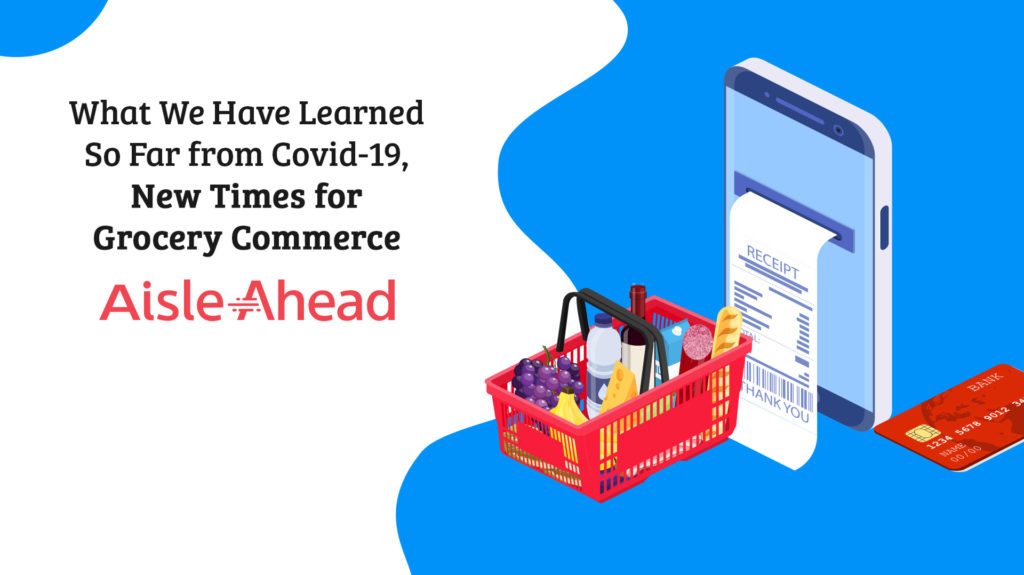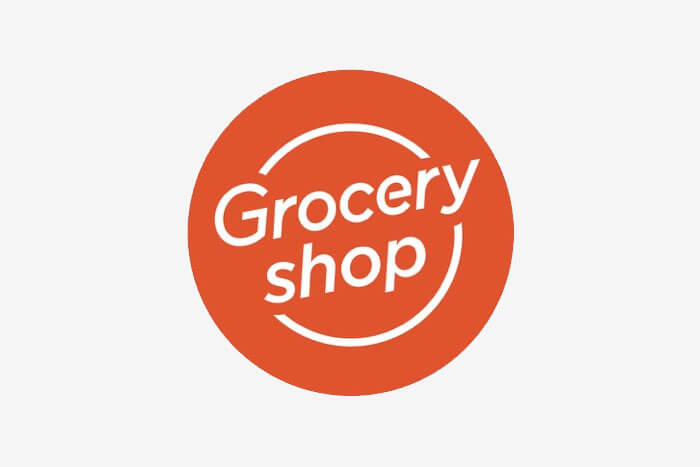What We Have Learned So Far from Covid-19, New Times for Grocery Commerce
During this current, trying time, grocers are in a unique position to help. We have already witnessed the panic-induced buying frenzy and the subsequent influx/up-tick of online orders. Grocers are modifying their operations quickly to accommodate the increased demand as well as issuing statements to the public about protection plans for their associates and customers. We applaud all the hard work the grocery industry is doing and continues to do. Thank you for being an unsung hero. As with all things, this too will pass.
We would be remiss, however, if we didn’t look for lessons and seek action plans for the future.
Communication is Critical
Knowing and understanding the areas and placements where messaging is effective and noticeable within your website and mobile app will help to communicate with customers quickly, now and in the future. We have seen, firsthand, how the right messaging for availability before starting to shop and at checkout about ever-changing substitution policies has helped reduce customer frustrations. The more you can communicate a situation ahead of time, hopefully, the more understanding customers will be.
Communication during the order is a double-edged sword. Communicating all possible substitution options and waiting for customers to respond can slow the fulfillment process to a halt, however, delivering orders with no resemblance to the original order placed leaves customers with a bitter taste. Grocers have to find that fine line between the two. Associates will need to be trained when to communicate, when not to, and what the content of communication should be.
In our office, a colleague recently placed an order for 47 items but just 7 of the items originally ordered were available. Needless to say, communication about out of stock items wasn’t the best experience. This is an opportunity where the store could have communicated better the volume of items not available and checked with the customer as to whether they wanted to even proceed with the order even before fulfillment started. In this case, our staff member paid delivery fees for 7 items that were not a high priority but waited until fulfillment started to even see possible substitutions. The store associates spent time selecting substitutions increasing the cost of fulfilling the order. If an order crosses the threshold for items unavailable, the customer should have been notified as soon as possible, not at the time of delivery or pickup. It would be beneficial for grocers to set out of stock standards now, train associates on what to do when orders hit out of stock thresholds, and communicate with customers effectively.
Grocers will also need to equip their fulfillment teams with tools and train them on what would constitute a “category jump.” We know that communication during the order can ease the burden, but what happens when a whole category is out of stock? If an item is out of stock – like hand sanitizer, if another brand of sanitizer is not available, at that point, communicate with the customer about the possible “category jump”. Giving them the option to omit or replace with another category item (i.e. hand soap) will vastly improve the experience. If grocers have these training and communication systems in place, it would be a tremendous help during periods of high volume.
The Need to Quickly Adjust Curbside/Delivery Operations
Another aspect is the ability to quickly enable e-commerce at any store and location. With our commerce platform, this is a simple and quick process, but from an operations perspective, the implementation may cause concern. However, with proper preparation, this concern could be eliminated. Having a fulfillment solution that is easy to implement as needed and training all management on how to use it will be well worth the investment. Armed with this knowledge, stores can train associates and launch curbside pickup and delivery on-demand at the store’s location, or anywhere. Having this ability would allow grocers to split the burden across stores and other locations instead of overloading only the ones with curbside and delivery options already in place. Being able to fine-tune and adjust lead times as needed at the store level can help “ease” stores into fulfillment as they get their bearings and transition over.
In addition, the more orders that can be placed through curbside and delivery, the fewer people will need to enter stores, and the more CDC guidelines can be accommodated and the safety of store associates can be ensured. This may seem like a daunting task, but with the proper training and time slot management, this can be a tremendous help to the community, customers, and associates.
It’s Time for Per Store Inventory and Capabilities
Most companies can already accommodate per store inventory, and this has shown to be helpful in getting customers what they expect during normal times. But, during the current situation, it has become clear that grocers need to embrace and fine-tune this strategy. In doing so, grocers could adjust what customers can view online, limit quantities of certain items, or even mark items out of stock per store. By having this ability, it would limit certain items and reduce orders that require more and more substitutions. We all know the more accurate the order is, the better the customer experience.
Not all stores are created equal, either, so, with that in mind, it is important to have the ability to dynamically manage fulfillment. A variety of factors could have effects on lead times and curbside pickup or delivery availability, such as staffing, order size/volume, and, these days, new store cleaning protocols. These situations need to be accounted for and adjusted accordingly. By adjusting fulfillment, it will help reduce bottlenecks at the store and help ensure that the customer gets their order at the expected time. For a substantial number of these factors, adjustments can be made dynamically without manual intervention.
Content Consumption is Increasing
As consumers spend more time at home, telecommuting and avoiding crowds, at BigOven – our food content division – we have seen an increase in traffic as consumers search for meal ideas. More and more families are cooking almost exclusively from home and this could become the new norm for the foreseeable future. Now, more than ever, grocers have an opportunity to build their customer relationships through engaging content. BigOven’s new content concept, BigOven Kitchen, is creating a variety of video content, food blogs, and recipes that grocers can utilize to engage customers at home. This content is crafted to suit individual platforms across all the socials, i.e. live stream, Facebook, Instagram, YouTube, etc. Our goal was to deliver a powerful tool for maintaining relationships, providing engagement, and solutions to customers but now entertainment value is also becoming very important as people around the world spend more and more time in front of their screens.
Convert the Influx of First-Time Users
Across the industry, we are seeing a huge increase in first-time online grocery shoppers. The hardest order to get is often the first order, and it is very likely that these new shoppers will convert to full-time, habitual users of online grocery shopping. Stores should be prepared for this increase to continue as customers, hopefully, see the value and ease of transitioning. From a technical perspective, this also means building digital commerce on top of a scalable platform that can add capacity on demand.
One of our core values at Aisle Ahead has always been to put grocers in charge of their own business decisions, strategy, and operations. It is more important than ever for grocers to have the control to drive their own online commerce and digital engagement capabilities in order to accommodate their market’s unique and rapidly changing needs. More than ever, this is not the time for solutions that handicap, it is time for retailer-driven commerce.
Our sincere thank you again for all the hard work and dedication the grocery industry has shown, and we are sure, will continue to show.


